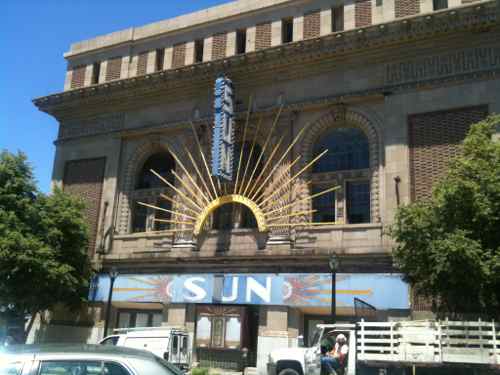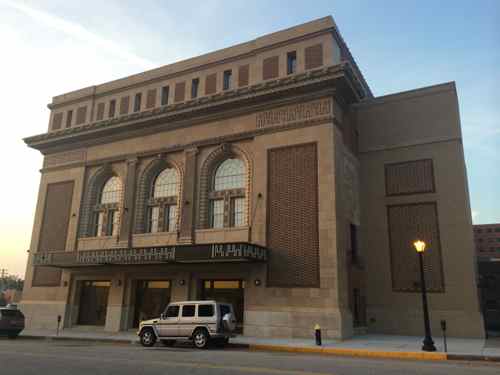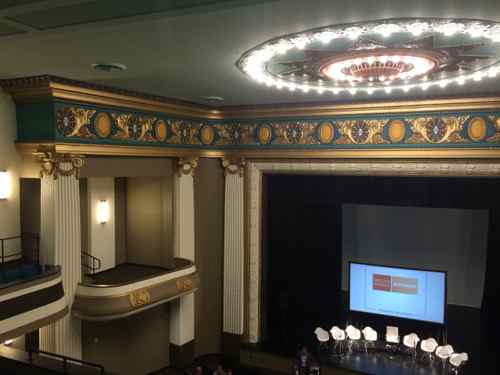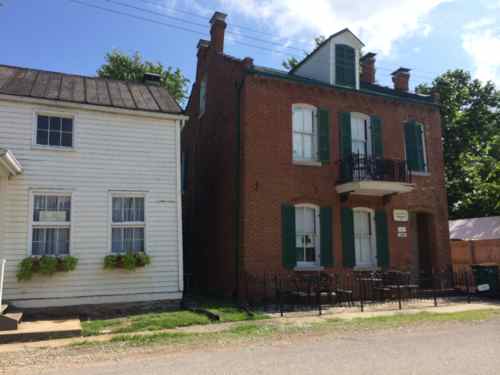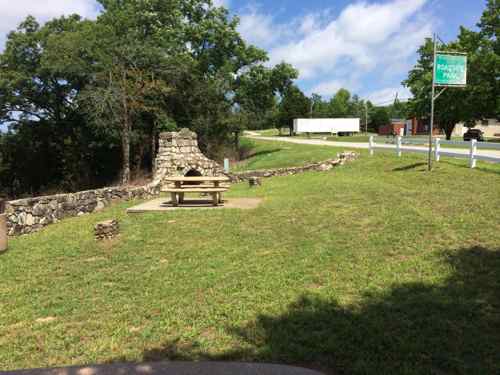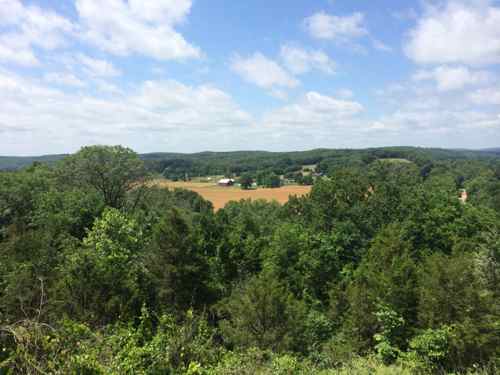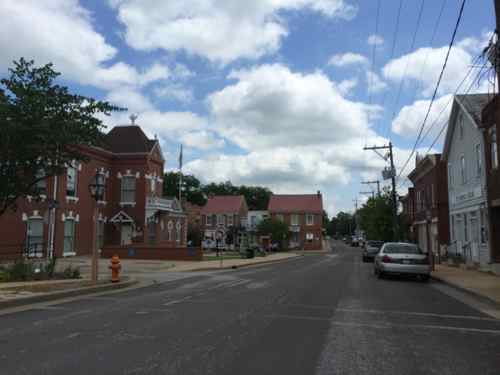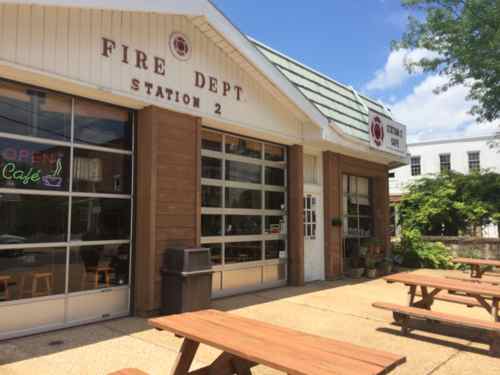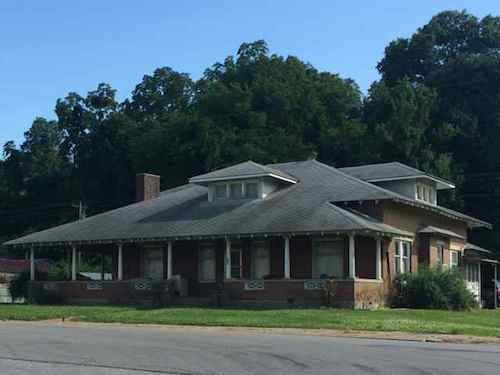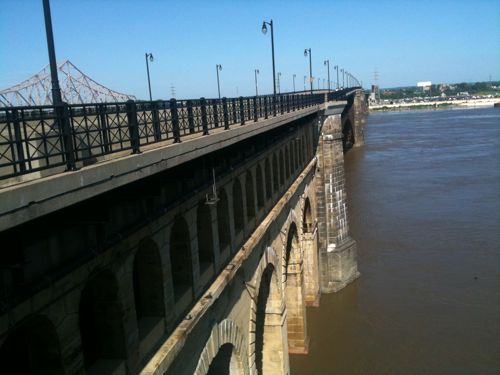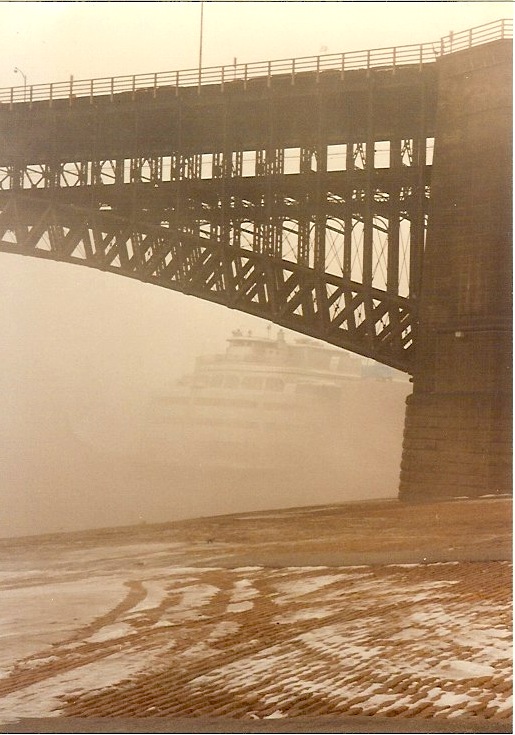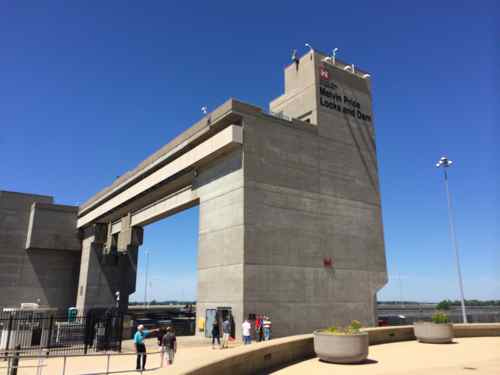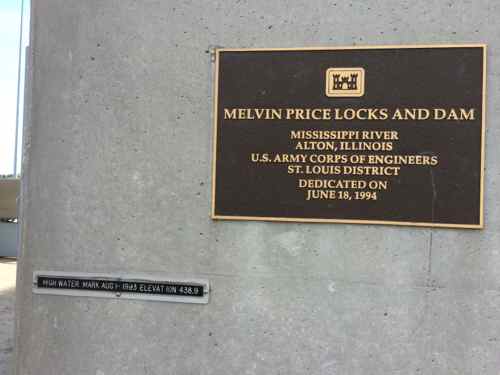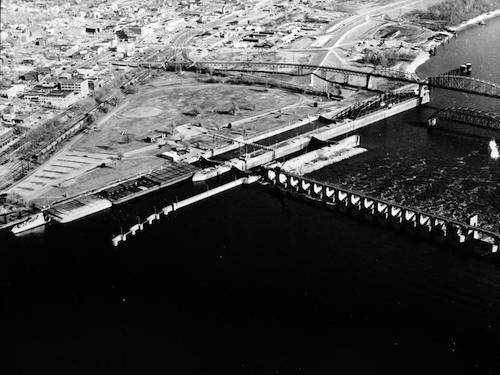Aviator Charles Lindbergh Died 40 Years Ago Today
U.S. Route 67 runs north-south from the Mexico border in Texas into Iowa after passing through Arkansas, Missouri, and Illinois. In St. Louis County U.S.67 is better known as Lindbergh Boulevard, named after famed aviator Charles Lindbergh (February 4, 1902 – August 26, 1974):
One of the finest fliers of his time, Charles Lindbergh was the chief pilot for the first St. Louis to Chicago airmail route, in April 1926. While based at Lambert Field, he conceived of an airplane that could fly from New York to Paris, and persuaded a group of St. Louis businessmen to finance the project. The result was the immortal “Spirit of St. Louis,” which he flew across the Atlantic on May 20-21, 1927. The feat made Lindbergh a national hero, and raised public awareness of aviation’s potential to an unprecedented level. (St. Louis Walk of Fame)
Lindbergh was born in Detroit and died in Maui, Hawaii at age 72:
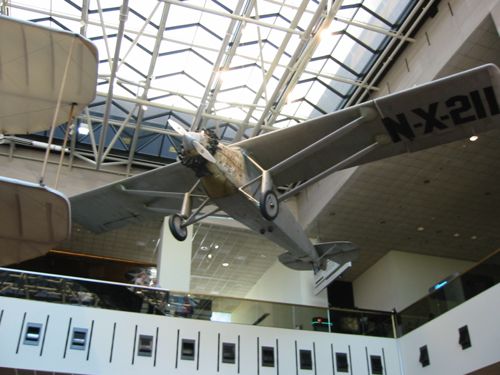
Lindbergh didn’t live here long:
March 1924 – Lindbergh enlists in the Army Air Service and begins training. He graduates, first in his class, from the Army’s Advanced Flying School and is commissioned as a second lieutenant. At loose ends because few squadrons need new pilots, he decides to head for St. Louis, where he begins working as a test pilot, barnstormer, stunt flyer and mail pilot.
Fall 1926 – Bored with mail flying, Lindbergh dreams of capturing the $25,000 Orteig Prize that will be given to the first aviator to fly nonstop between New York and Paris. He starts searching for the financial backers necessary to sponsor his flight. Time is of the essence because several other teams of pilots in the U.S. and France, including U.S. Navy Commander Richard Byrd, are preparing their own transatlantic flights.
April 1927 – Construction on Lindbergh’s plane, built by the Ryan Aeronautical Company in San Diego, is completed, and Lindbergh conducts a series of test flights.
May 12, 1927 – Lindbergh arrives in New York. He had crossed the entire country in less than twenty-two hours of flying time. The media takes a shine to Lindbergh, not only because he is physically the most attractive of all the fliers attempting the New York/Paris flight but because he is the only one attempting the journey on his own.
May 20, 1927 – At 7:54 am, Lindbergh, who has not slept in almost twenty-four hours, takes off from Long Island’s Roosevelt Field.
May 21, 1927 – At 10:54 pm, Lindbergh lands at Le Bourget airfield near Paris. A human tidal wave of spectators, 150,000 strong, is there to greet him and Lindbergh is quickly caught up in the riptide of the masses. Overnight, the modern wonders of communication transform the 25-year “boy” into the most famous man on earth. (Lindbergh Foundation)
Lindbergh needed financial backing to buy the plane he needed for the attempt, it came from St. Louis businessmen:
He had $2,000 in savings, and he figured he’d need an additional $15,000.
The first to pony up was Maj. Albert Bond Lambert (note the last name), an enthusiastic balloonist and the city’s first licensed pilot. The others were banker Harold M. Bixby, head of the St. Louis Chamber of Commerce; broker Harry H. Knight and his father, Harry F. Knight; aircraft execs Frank and William Robertson; Earl C. Thompson; J.D. Wooster Lambert; and St. Louis Globe-Democrat publisher E. Lansing Ray.
Bixby suggested that Lindbergh name the plane the Spirit of St. Louis. Today Bixby’s nephew, Charles Houghton, says his Uncle Harold had more in mind than honoring his own city. “What most people don’t know is that the patron saint of Paris was Louis IX, Saint-Louis,” Bixby says, “so the French were just thrilled when this plane arrived. Besides honoring the backers and the community, there was that wonderful connection to the French people.” (St. Louis Magazine)
I wasn’t able to find out where Charles Lindbergh lived during his couple of years living in St. Louis prior to the famous flight, perhaps someone out there knows. Charles A. Lindbergh was born on
b
